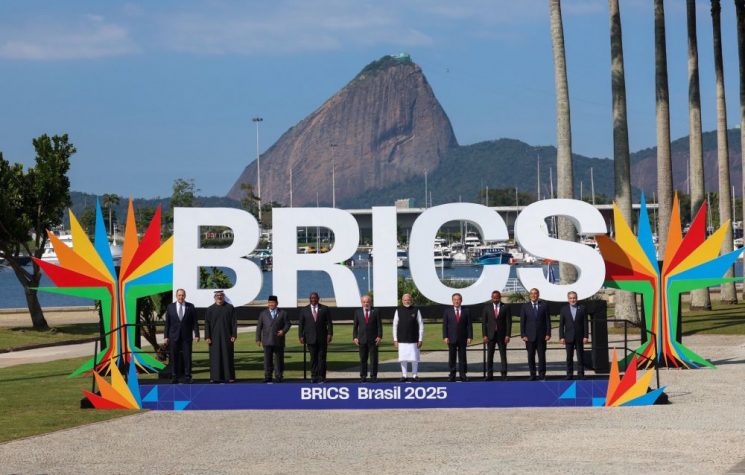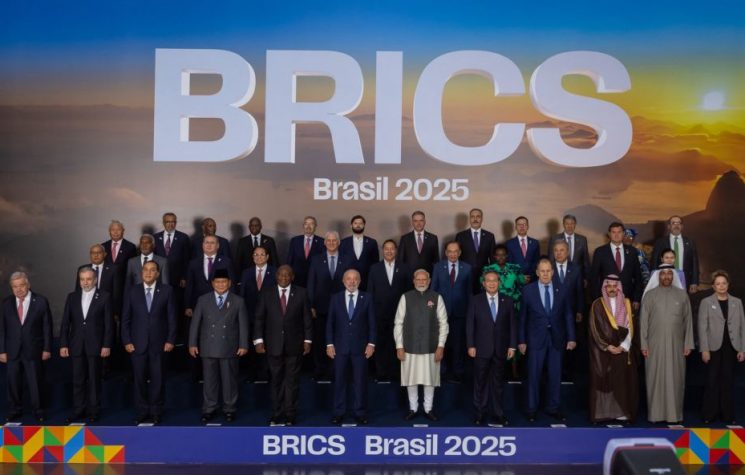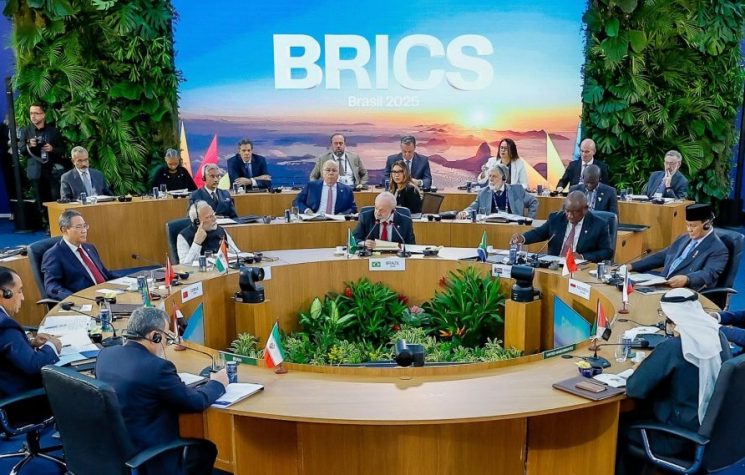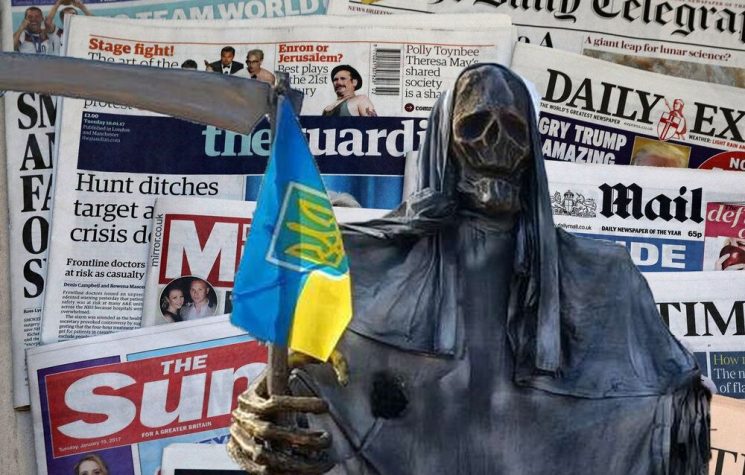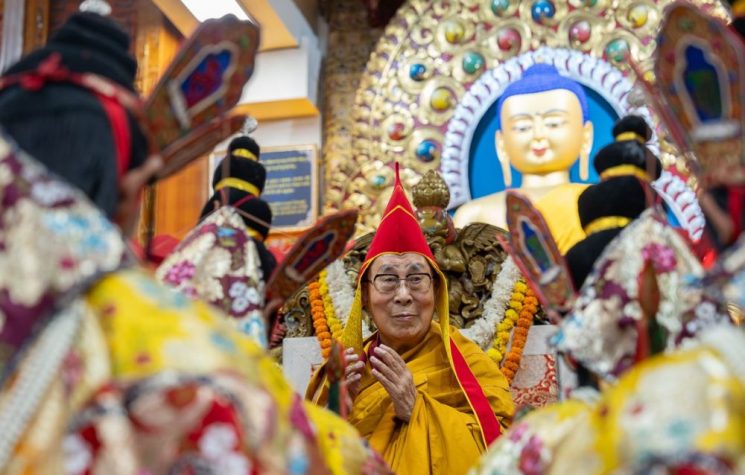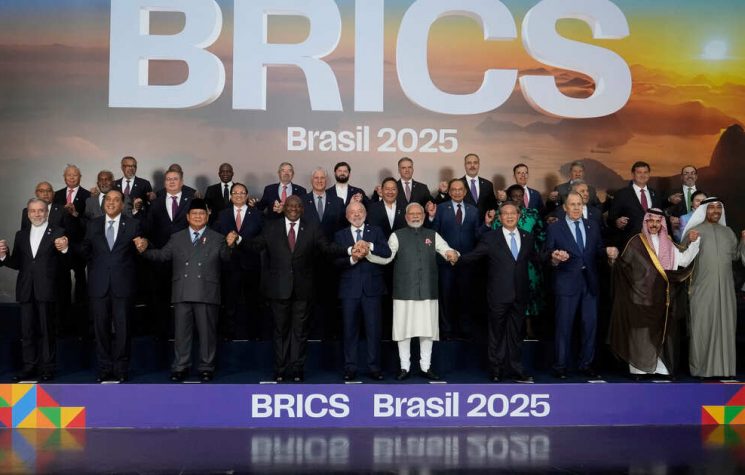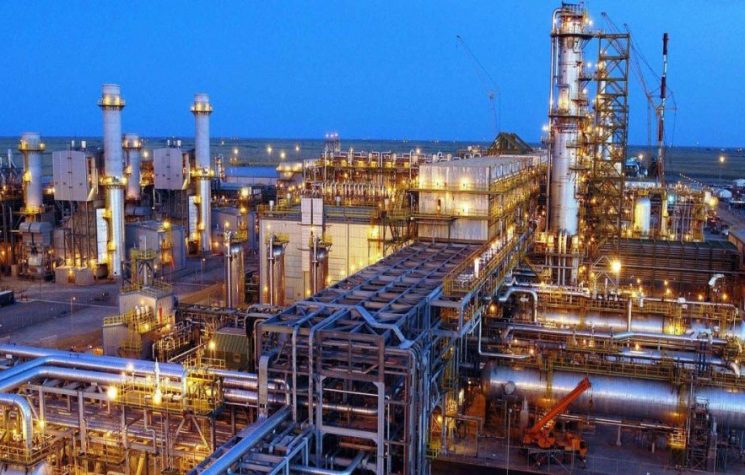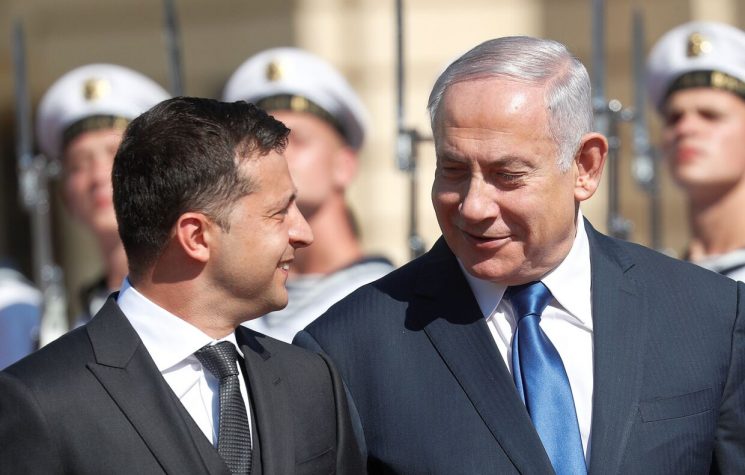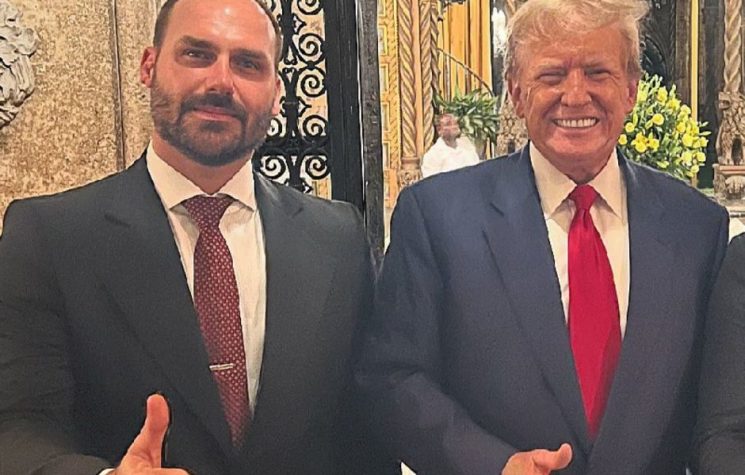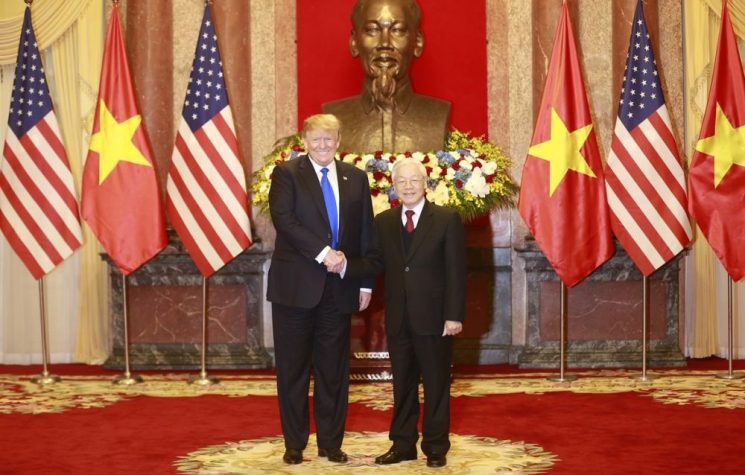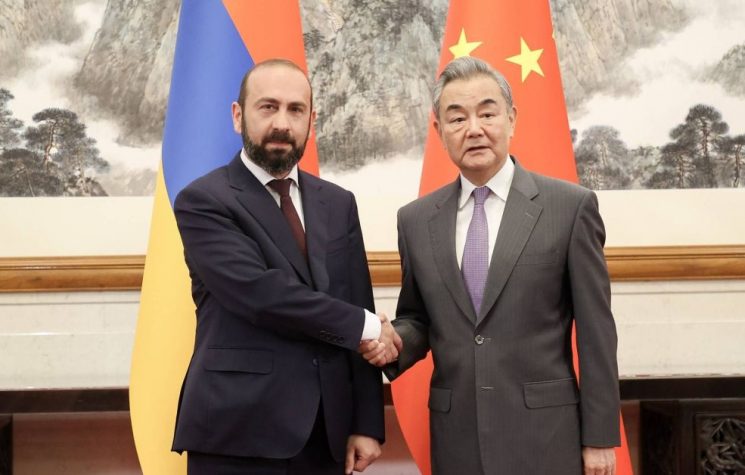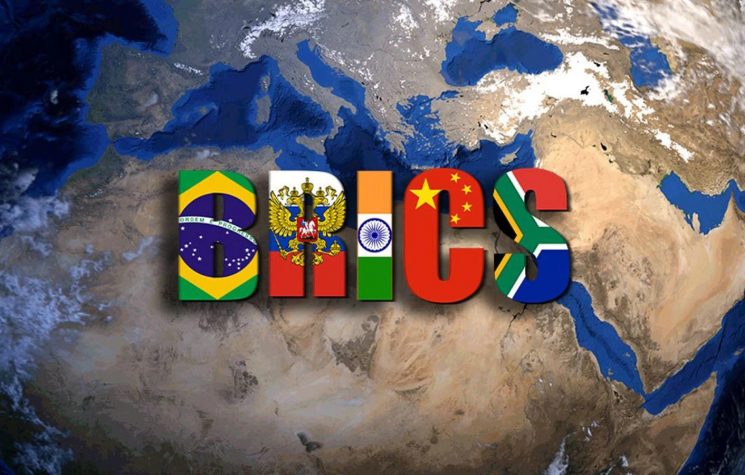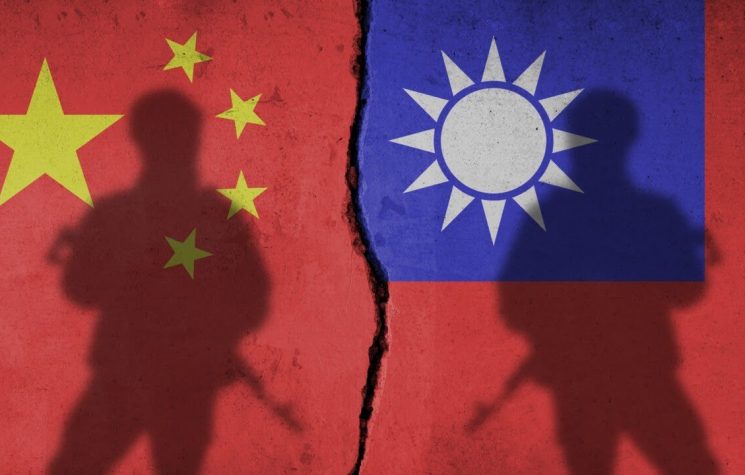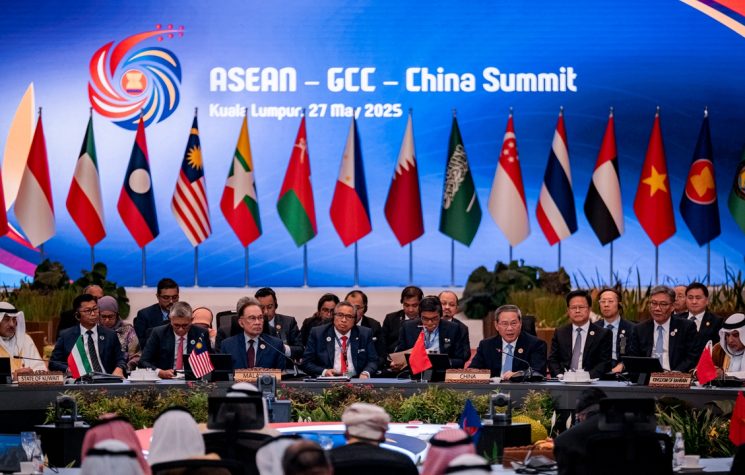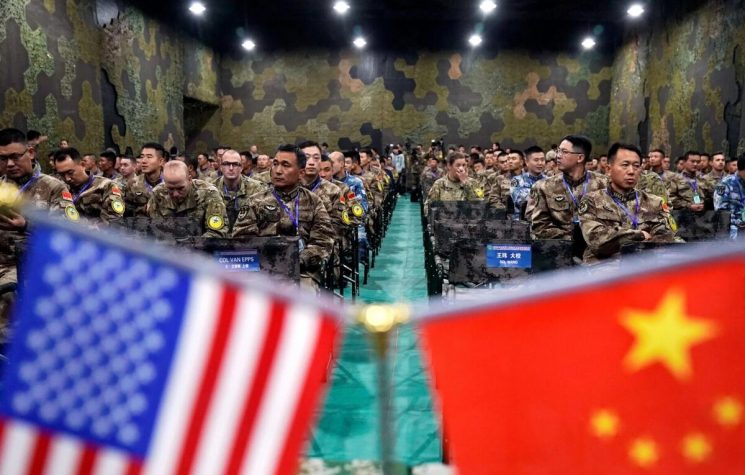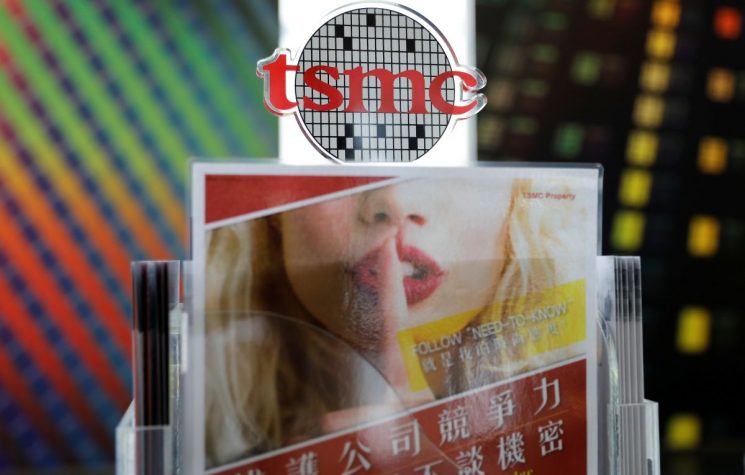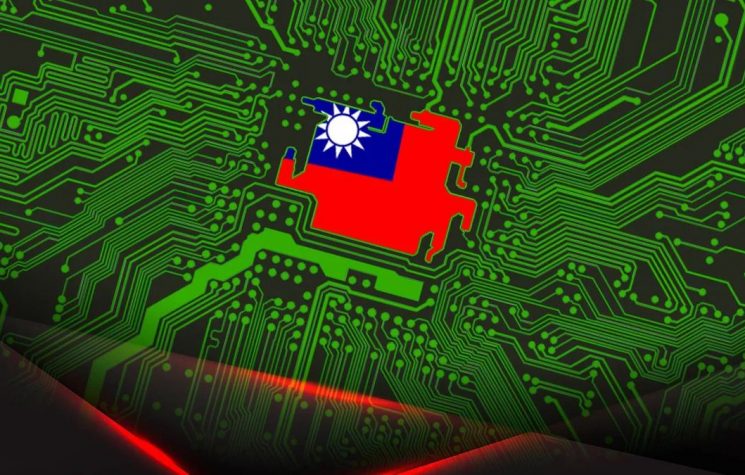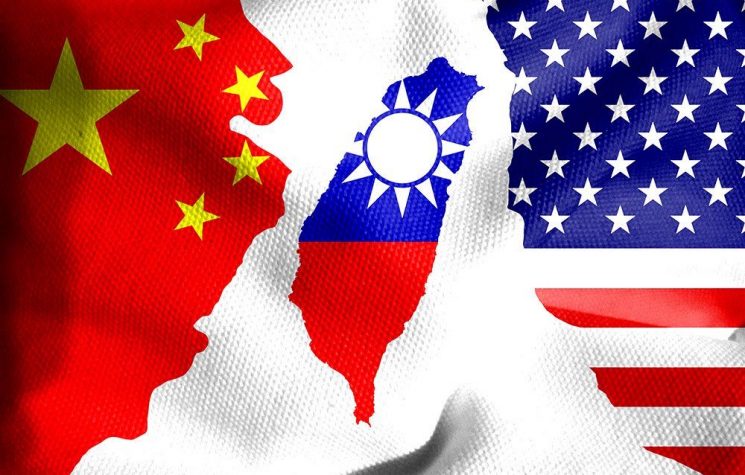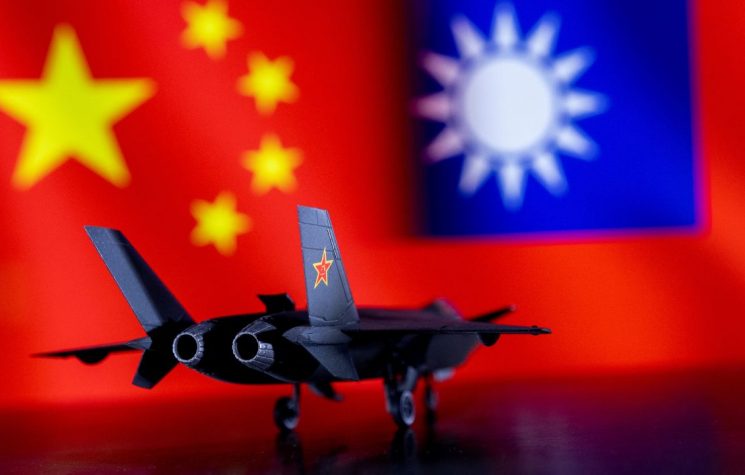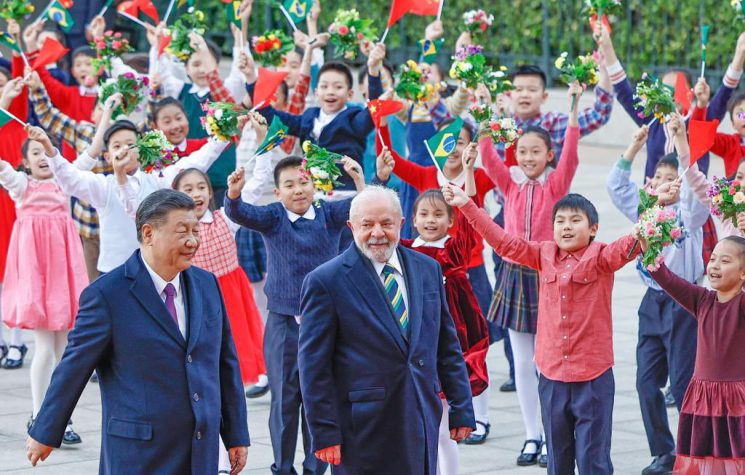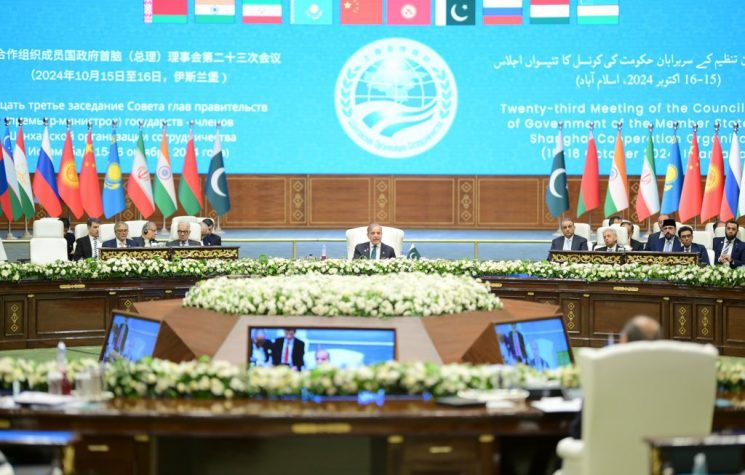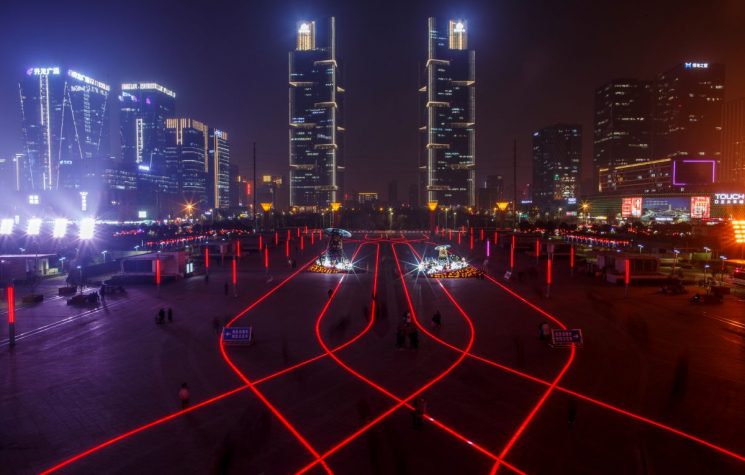China, Russia and Iran will take the fight towards a more equal and just system to the next level, Pepe Escobar writes.
❗️Join us on Telegram![]() , Twitter
, Twitter![]() , and VK
, and VK![]() .
.
Contact us: info@strategic-culture.su
As we enter incandescent 2024, four major trends will define the progress of interconnected Eurasia.
1.Financial/trade integration will be the norm. Russia and Iran already integrated their financial message transfer systems, bypassing SWIFT and trading in rials and rubles. Russia-China already settle their accounts in rubles and yuan, coupling immense Chinese industrial capacity with immense Russian resources.
2.The economic integration of the post-Soviet space, tilting towards Eurasia, will predominantly flow not so much via the Eurasia Economic Union (EAEU) but interlinked with the Shanghai Cooperation Organization (SCO).
3.There will be no significant pro-Western inroads in the Heartland: the Central Asian “stans” will be progressively integrated into a single Eurasia economy organized via the SCO.
4.The clash will become even more acute, pitting the Hegemon and its satellites (Europe and Japan/South Korea/Australia) against Eurasia integration, represented by the three top BRICS (Russia, China, Iran) plus the DPRK and the Arab world incorporated to BRICS 10.
On the Russian front, the inimitable Sergey Karaganov has laid down the law: “We should not deny our European roots; we should treat them with care. After all, Europe has given us a lot. But Russia must move forward. And forward does not mean to the West, but to the East and the South. That is where the future of humanity lies.”
And that leads us to the Dragon – in the Year of the Dragon.
The Mao and Deng road maps
There were a whopping 3.68 billion Chinese trips by rail in 2023 – an all-time record.
China is fast on the way to become an AI global leader by 2030. Tech giant Baidu, for instance, recently released Ernie Bot to rival ChatGPT. AI in China is expanding fast on healthcare, education, and entertainment.
Efficiency is the key. Chinese scientists have developed the ACCEL chip – capable of performing 4.6 quadrillion operations per second, in comparison to NVIDIA’s A100, which delivers 0.312 quadrillion operations per second of deep learning performance.
China graduates no less than one million more STEM students than the U.S., year after year. This goes way beyond AI. Asian nations always reach the top 20% in science and mathematics competitions.
The Australian Strategic Policy Institute (ASPI) may be lousy on geopolitics. But at least they did a public service showing nations that lead the planet in 44 critical technology sectors.
China is number one, leading on 37 sectors. The U.S. leads on 7. Everyone else leads zero sectors. These include Defense, space, robotics, energy, the environment, biotechnology, advanced materials, key quantum technology and of course AI.
How did China get here? It’s quite enlightening today to revisit a 1996 tome by Maurice Mesner: The Deng Xiaoping Era: An Inquiry into the Fate of Chinese Socialism, 1978-1994.
First of all, one needs to know what happened under Mao:
“From 1952 to the mid-1970s, net agricultural output in China increased at an average per annum rate of 2.5 percent, whereas the figure for the most intensive period of Japan’s industrialization (from 1868 to 1912) was 1.7 percent.”
Across the industrial sphere, all indicators went up: steel production; coal; cement; timber; electric power; crude oil; chemical fertilizers. “By the mid-1970s, China was also producing substantial numbers of jet airplanes, heavy tractors, railway locomotives, and modern oceangoing vessels. The People’s Republic also became a significant nuclear power, complete with intercontinental ballistic missiles. Its first successful atomic bomb test was held in 1964, the first hydrogen bomb was produced in 1967, and a satellite was launched into orbit in 1970.”
Blame it on Mao: he transformed China “from one of the world’s most backward agrarian countries into the sixth-largest industrial power by the mid-1970s.” On most key social and demographic indicators, China compared favorably not only with India and Pakistan in South Asia but also with “’middle-income’ countries whose per capita GNP was five times that of China.”
All these breakthroughs laid down the path for Deng: “The higher yields obtained on individual family farms during the early Deng era would not have been possible had it not been for the vast irrigation and flood-control projects – dams, irrigation works, and river dikes – constructed by collectivized peasants in the 1950s and 1960s.”
Of course there were distortions – as the Deng drive produced a de facto capitalist economy presided by a bureaucratic bourgeoisie: “As has been true of the histories of all capitalist economies, the power of the state was very much involved in establishing China’s labor market. Indeed, in China a highly repressive state apparatus played a particularly direct and coercive role in the commodification of labor, a process that has proceeded with a rapidity and on a scale that is historically unprecedented.”
It remains an inextinguishable source of debate to what extent this fabulous economic Great Leap Forward under Deng generated calamitous social consequences.
The Empire of kakistocracy
As the Xi era definitely tackles – and tries to solve – the drama, what makes it even more complicated is the constant interference of the notorious “structural contradictions” between China and the Hegemon.
China-bashing is the number one politically correct game across the Beltway – and that’s bound to go out of control in 2024. Assuming a Democratic debacle next November, there are few doubts a Republican presidency – Trump or no Trump – will unleash Cold War 3.0 or 4.0, with China, not Russia, as the top threat.
Then there is the upcoming Taiwan election. If pro-independence candidates win it, incandescence will exponentially rise. Now imagine that compounded with a rabid Sinophobe occupant of the White House.
Even when China was militarily weak, the Hegemon could not defeat it, either in Korea or in Vietnam. There is less than zero chance Washington would defeat Beijing on a South China Sea battlefield now.
The American problem is encapsulated in a Perfect Storm.
Hegemon hard and soft power have been hurled down a black void with the imminent, cosmic NATO humiliation in Ukraine, compounded with complicity with the Gaza genocide.
Simultaneously, Hegemon global financial power is about to take a very hard hit as the Russia-China strategic partnership leading BRICS 10 starts offering quite viable alternatives to the Global South.
Chinese scholars, in priceless exchanges, always remind their Western interlocutors that History has been a consistent playground pitting aristocratic and or/plutocratic oligarchies against each other. The collective West now happens to be “led” by the most toxic variety of plutocracy: kakistocracy.
What Chinese qualify, correctly, as “crusader nations” are now significantly exhausted – economically, socially, and militarily. Worse: nearly totally de-industrialized. Those with a functioning brain among the crusaders at least have understood that “decoupling” from China will be a major disaster.
None of that eliminates their arrogant/ignorant drive for a war on China – even as Beijing has exercised immense restraint by not giving them any excuse to start another Forever War.
Instead, Beijing is reversing Hegemon tactics – as in sanctioning the Hegemon and assorted vassals (Japan, South Korea) on rare earth imports. Even more effective is the concerted Russia-China drive to bypass the U.S. dollar and weaken the euro – with full support of BRICS 10 members, Opec+ members, EAEU members and most SCO members.
The Taiwan riddle
The Chinese masterplan, in a nutshell, is a thing of beauty: to finish off the “rules-based international order” without firing a shot.
Taiwan will remain the prime not-yet-engaged battlefield. Roughly, it’s fair to argue that the majority of the population of Taiwan does not want unification; at the same time, they don’t want an American-engineered war.
They want, essentially, the current status quo. China is not in a hurry: Deng’s master plan pointed to reunification sometime before 2049.
The Hegemon, on the other hand, is in a tremendous hurry: it’s all about Divide and Rule, all over again, promoting chaos and destabilizing China’s inexorable rise.
Beijing tracks literally anything that moves in Taiwan – via monumental, meticulous dossiers. Beijing knows that for Taipei to thrive in a peaceful environment, it needs to negotiate while it still has something to negotiate with.
Every Taiwanese with a brain – and there are plenty of first-class scientific brains in the island – knows they can’t expect Americans to die fighting for them. First of all because they know the Hegemon won’t dare fighting a conventional war with China, because the Hegemon will lose – badly (the Pentagon gamed all options). And there won’t be a nuclear war either.
Chinese scholars are fond of reminding us that when the Middle Kingdom was totally fragmented in the 19th century under the Qing dynasty (1644-1912), “the Sino-Manchu ruling class was incapable of relinquishing their self-image and of taking the draconian necessary steps.”
The same applies to the Exceptionalists now – even as they go on serial somersaults trying to preserve their own, mythological self-image: Narcissus drowned in a pool of his own making.
It’s possible to advance that the Year of the Dragon will be a year where Sovereignty reigns. Hegemon fits of Hybrid War rage and collaborationist comprador elites will be obstacles constantly hampering the Global South. Yet at least there will be three poles with the spine, the resources, the organization, the vision and the sense of Universal History to take the fight towards a more equal and just system to the next level: China, Russia and Iran.










